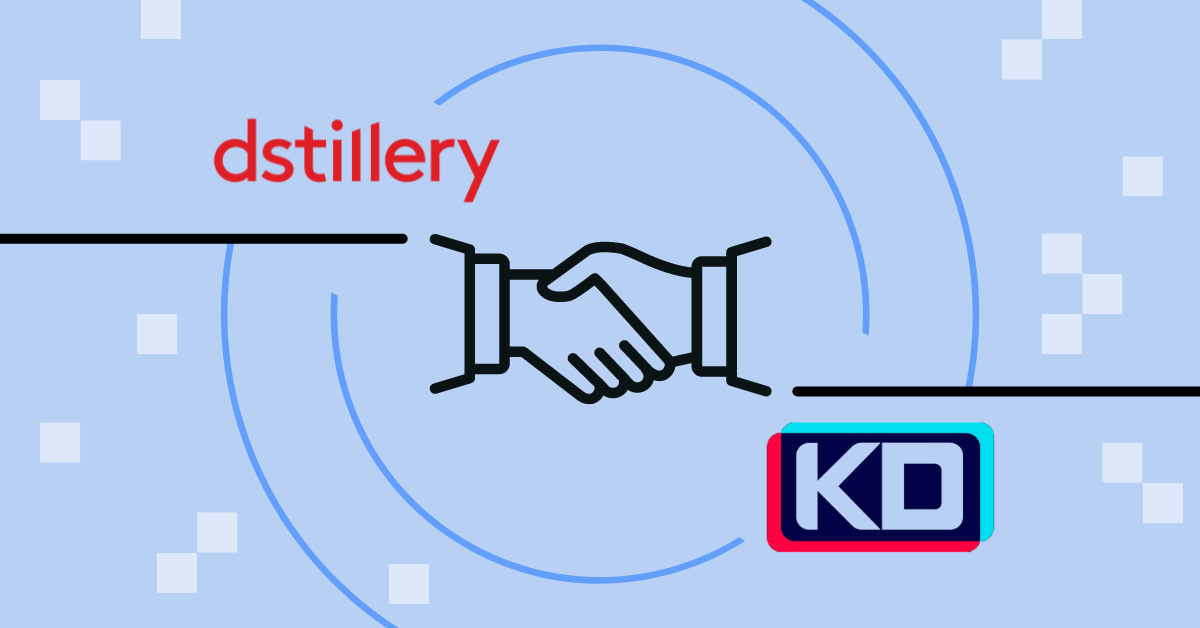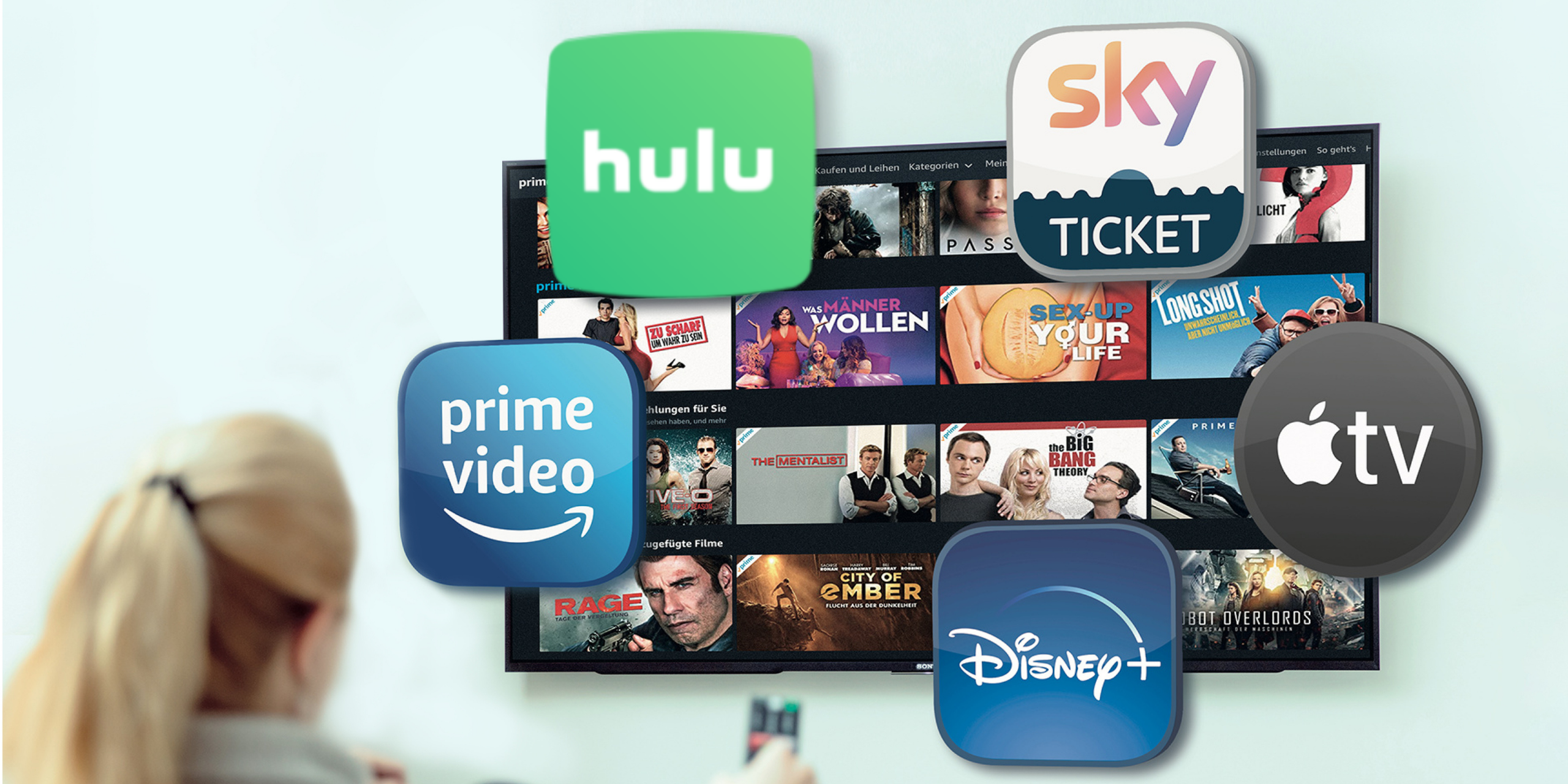Connected TV vs Linear TV
The concept of a TV all started with linear TV. However, many advertisers continue to hear more about this newer concept, connected TV.
If you are wondering, “What is connected TV?” or “What is non-linear TV?”. This article will shed some light on these new and innovative advertising concepts. With the new shift in TV advertising, advertisers can reach their niche audience and convert users into customers. This article will discuss:
- Linear TV advertising
- Connected TV advertising
- OTT meaning
- Addressable TV
Linear TV vs Connected TV
What is linear TV? Linear TV is the traditional form of TV. Linear TV, also known as traditional TV, specializes in scheduled programming and advertising aired at a specific time on certain channels in a set region or country and can be recorded on a DVR.
What is connected TV? Connected TV (CTV) is a device that can stream content through the Internet, direct connection, or WiFi.
Linear TV Meaning
Why is it called linear TV? While most would expect this mode of watching and advertising to be called traditional, it is called linear TV because of the one-way connection to the audience. Advertisers and programmers must select the channel, region, and time the ads and shows will run. The only opportunity they have to reach their audience is at the agreed-upon time the show or ad will run.
What is linear TV advertising? Linear TV advertisers can’t funnel their audience down to their niche. Instead, they can only base their demographics on the ratings and time of day they wish to run their ad on a certain channel. Some linear TV advertisers will broadcast their ads on multiple channels to expand their reach. However, if viewers are not watching the specific channel at the time the advertiser has selected, they will not be exposed to the advertiser’s message. Furthermore, advertisers pay based on viewer ratings for the channel, not the number of conversions they receive.
Linear TV Advertising Statistics
Linear TV is suffering and will continue to lose customers over the next decade. Over 80% of American adults find streaming services more enjoyable than traditional cable television. Some linear TV advertising statistics include:
- The cable TV market share is below 50% across the globe.
- Between 2017 and 2019, Comcast and DirecTV lost 4.7 million subscribers.
- In 2018 alone, 33 million Americans canceled their cable subscriptions.
- As of 2019, 62% of American adults have one or more streaming services.
Connected TV Meaning
What is connected TV? 84% of US households have at least one connected TV device and subscribe to connected TV platforms. Some connected TV examples of connected TV providers include Apple TV, Roku, Chromecast, Xbox, and Amazon Fire.
What is connected TV advertising? In layman’s terms, connected TV advertising is any ad that plays before or after the streaming of content on connected TV devices. However, the difference between these ads and those that play over linear, or regular TV devices is the niche demographics that can be achieved. CTV allows connected TV advertising companies and their clients to reach their products or services with the highest intent audiences.
OTT Meaning
What is OTT? The OTT meaning is Over-the-Top, and it relates to the delivery of TV shows or movies over the Internet. Since CTV and OTT are so closely related, they are often used interchangeably. The difference between OTT vs CTV is the programs used to deliver the content. When comparing connected TV vs OTT, services like Apple TV+, Hulu, and Amazon Prime are OTT while the device used for OTT programming is the CTV. This is the reason you may see the term CTV/OTT used to talk about OTT vs CTV advertising.
OTT TV is responsible for the cord-cutting phenomenon that has rapidly increased over the years. Many individuals find the ability to watch what, when, and where they want more enjoyable than scheduled programming they don’t necessarily enjoy. When comparing OTT vs linear TV, individuals have complete control of the content or TV they’re watching.
What is the difference between linear TV vs OTT? For business owners and advertisers, knowing the difference in ad performance between linear TV vs OTT is important. With linear TV ads, you cannot control who is seeing the ad. You can only control the region, time, and channel the ad will be played on. With CTV/OTT, you can choose the show, movie, and streaming service for the ad. Oftentimes, CTV/OTT ads are created to meet the demands of the niche watching each type of show or using each streaming service. This allows for better nutrition of the lead and can build higher conversion numbers. With linear TV, the messaging is the same for each individual watching the ad.
As you can see, in the debate between OTT vs TV, CTV/OTT advertising reigns supreme and is a better investment for ad dollars.
OTT / Connected TV Advertising Statistics
OTT / Connected TV advertising continues to produce many positive statistics. Listed below are just a few to note:
- 30% of engagement for OTT/connected TV ads is achieved during primetime (7:00 PM to 11:00 PM), which is up 7% compared to linear TV.
- Brands with a clear call to action have above-average engagement rates.
- 1 in 25 people fully converts after viewing an OTT / Connected TV ad that prompts the viewer to sign up for SMS marketing (4% conversion rate).
- OTT/Connected TV ads increase total time with the consumer by 447%.
- OTT/Connected TV ad spend is expected to reach $18.29 billion by 2024.
With these numbers, it’s easy to see how OTT / connected TV advertising helps businesses reach a wider audience and convert more viewers into customers compared to linear TV advertising.
Addressable TV
What is addressable TV? The concept of addressable TV is even newer than CTV/OTT, but it has the potential to provide even more benefits to advertisers than CTV/OTT alone. Addressable TV can display different types of advertisements to different devices in the same household that are streaming the same content. This means parents watching a movie downstairs may be served a different ad than their daughter watching a TV show in her bedroom. Addressable TV allows advertisers to tailor their ads to the very individual watching the content, even if they are on the same WiFi network.
How does addressable TV work? Streaming services that offer profiles keep track of who is watching which content under each profile. This allows advertisers to track deep insights about the type of programs a specific user watches, and other important factors, such as the times of day the user typically consumes TV content. With addressable TV, you can gain access to ROI that is greater than anything linear TV advertising can provide.
There are numerous addressable TV partners on the market. Nine national content providers are further testing and following up on addressable TV advertising to better understand its benefits. These include A&E Networks, AMC, Discovery, Disney, Fox, NBCUniversal, Univision, ViacomCBS, and WarnerMedia, which account for 90% of all linear TV viewership.
Some final notes considering addressable TV are:
- Addressable TV vs Connected TV: Addressable TV relates to the ability to display multiple ads during streamed content, while CTV is the device used to stream the content.
- Addressable TV vs OTT: Addressable TV is a good channel for advertisers to reduce media waste, while OTT provides greater ROI.
- Addressable TV vs Programmatic TV: Programmatic TV combines the fact it targets a specific audience with a specific message and is also considered addressable TV.
Contact Keynes to speak with an expert about addressable TV advertising or CTV/OTT advertising, and learn how this channel can directly impact your marketing efforts.
Industry Expert Insights
We are your high-touch, performance-focused streaming TV and programmatic advertising partner. Our team of experts and a one-of-a-kind data-driven platform connects you to the best streaming TV marketing strategies.









































